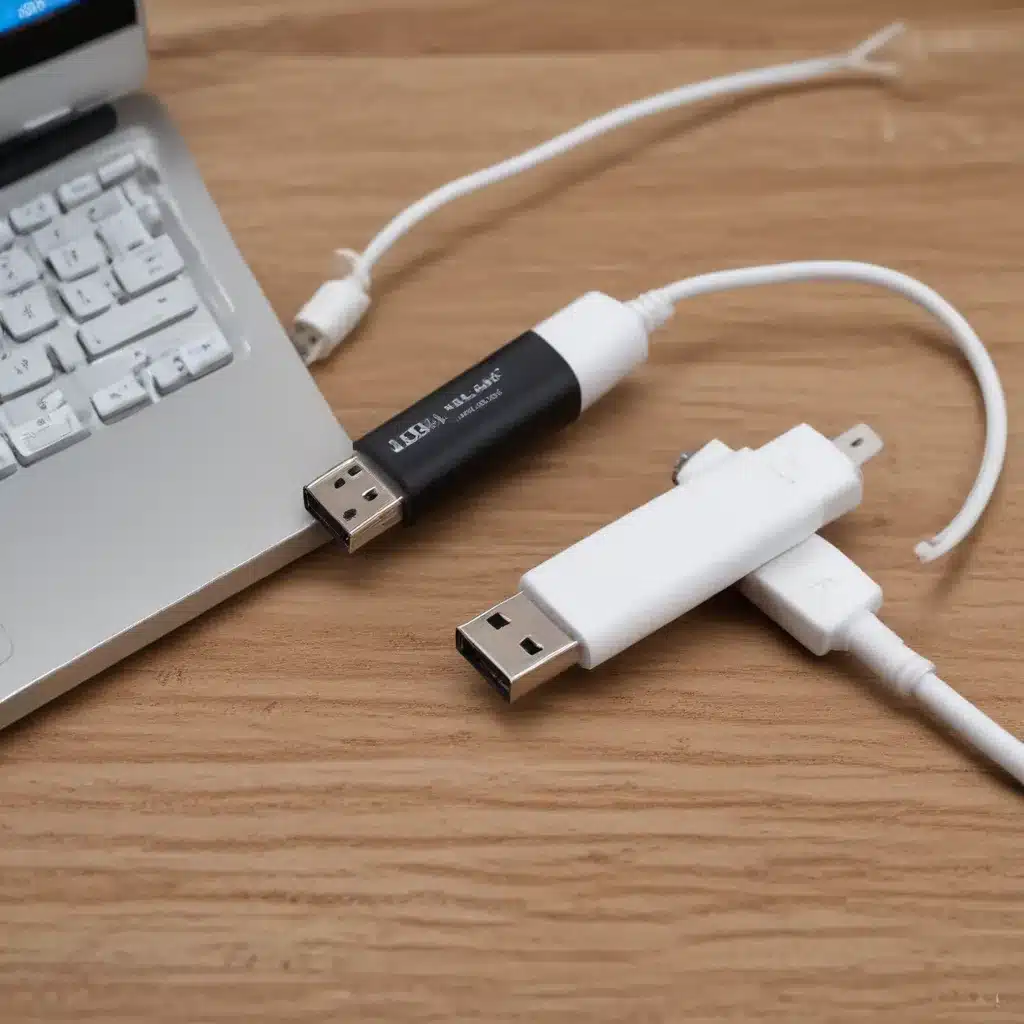
Understanding USB Devices
I understand that USB (Universal Serial Bus) devices are an integral part of our daily lives, whether it’s a mouse, keyboard, external hard drive, or a USB flash drive. However, these devices can sometimes encounter issues that can be frustrating to deal with. In this comprehensive guide, I will walk you through the steps to troubleshoot and fix various USB device issues, providing you with the knowledge and tools necessary to keep your devices running smoothly.
Identifying USB Device Issues
The first step in troubleshooting USB device issues is to identify the problem. I will explore common USB device issues, such as the device not being recognized by the computer, the device not working as expected, or the device causing system instability.
Troubleshooting USB Device Connectivity
Once I have identified the issue, I will dive into the steps to troubleshoot USB device connectivity. This will include checking the physical connection, ensuring the USB port is functioning correctly, and verifying the device drivers are up-to-date.
Resolving Driver-related Issues
If the connectivity issues are not the root cause, I will explore the troubleshooting steps for driver-related problems. This will involve updating or reinstalling the device drivers, as well as troubleshooting any conflicting or corrupt driver files.
Addressing Power-related Problems
Power-related issues can also be a common cause of USB device problems. I will discuss how to identify and resolve power-related issues, including checking the power supply, using a powered USB hub, and managing power management settings.
Troubleshooting USB Device Conflicts
USB device conflicts can occur when multiple devices are connected to the same system, leading to compatibility issues or system instability. I will provide guidance on how to identify and resolve USB device conflicts, including the use of device manager and troubleshooting tools.
Dealing with USB Device Failure
In some cases, the USB device itself may be the source of the problem. I will cover the steps to diagnose and address USB device failures, including hardware troubleshooting and replacement options.
Preventive Maintenance and Best Practices
To help you avoid future USB device issues, I will share preventive maintenance tips and best practices, such as properly ejecting USB devices, keeping drivers up-to-date, and using high-quality USB cables and hubs.
Real-World Case Studies
To further illustrate the troubleshooting process, I will present several real-world case studies of USB device issues and how they were successfully resolved. These case studies will provide valuable insights and practical examples to help you apply the knowledge gained throughout this guide.
Conclusion
By the end of this comprehensive guide, you will have a deep understanding of how to troubleshoot and fix a wide range of USB device issues. I have covered the essential steps, from identifying the problem to implementing the appropriate solutions, empowering you to maintain your USB devices and keep your systems running smoothly.
Frequently Asked Questions
What are the common causes of USB device issues?
The common causes of USB device issues include physical connection problems, driver-related issues, power-related problems, device conflicts, and hardware failures.
How do I check if my USB port is working properly?
To check if your USB port is working properly, you can try the following steps:
1. Plug in a different USB device and see if it is recognized by the system.
2. Use a USB device tester or multimeter to check the voltage and current output of the USB port.
3. Inspect the USB port for any physical damage or debris that may be preventing a proper connection.
How do I update or reinstall USB device drivers?
To update or reinstall USB device drivers, you can follow these steps:
1. Open the Device Manager and locate the USB device in the list.
2. Right-click on the device and select “Update driver” or “Uninstall device”.
3. Follow the on-screen instructions to update or reinstall the driver.
4. Restart your computer and check if the issue is resolved.
What should I do if I suspect a USB device conflict?
If you suspect a USB device conflict, you can try the following steps:
1. Open the Device Manager and identify any conflicting or problematic USB devices.
2. Disable or uninstall the conflicting device, then restart your computer.
3. If the issue persists, try disabling USB power management or changing the USB power settings.
4. As a last resort, you can try using a different USB port or rearranging the connected devices.
How can I prevent future USB device issues?
To prevent future USB device issues, you can follow these best practices:
1. Keep your USB device drivers up-to-date by regularly checking for updates.
2. Properly eject USB devices before disconnecting them to prevent data loss or corruption.
3. Use high-quality USB cables and hubs to ensure reliable connections and power delivery.
4. Avoid connecting too many USB devices to a single system to prevent conflicts and power-related problems.
5. Regularly clean and maintain your USB ports and devices to keep them in good working condition.
Remember, troubleshooting USB device issues can sometimes be a complex process, but with the right knowledge and tools, you can effectively resolve these problems and keep your USB devices functioning smoothly.












